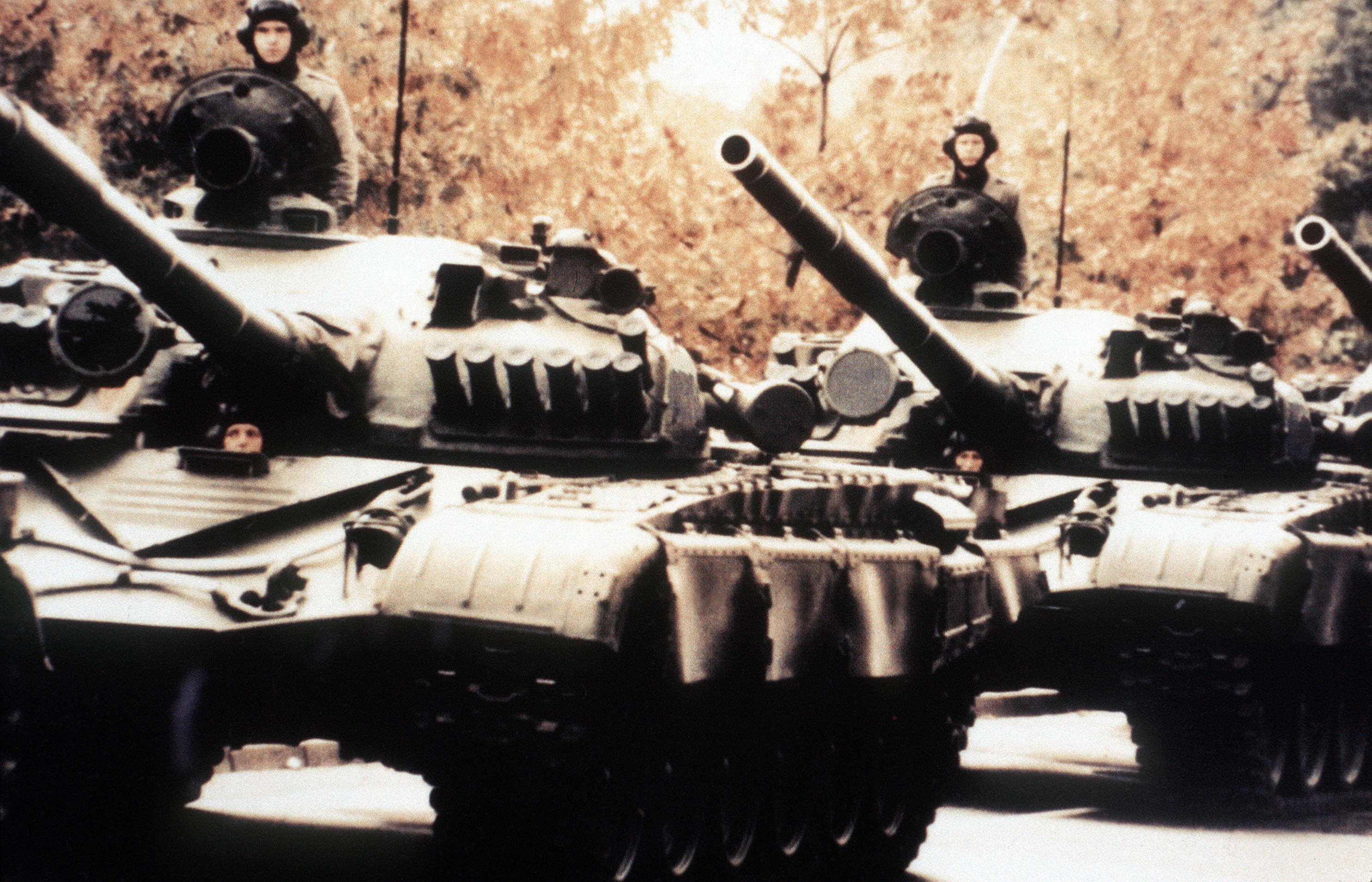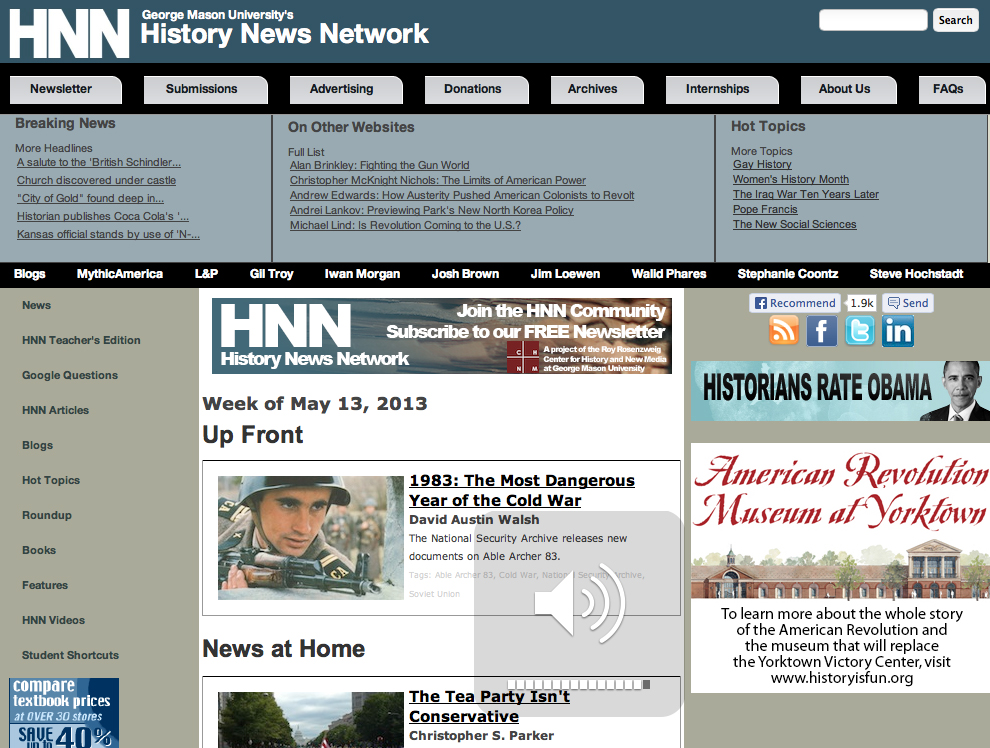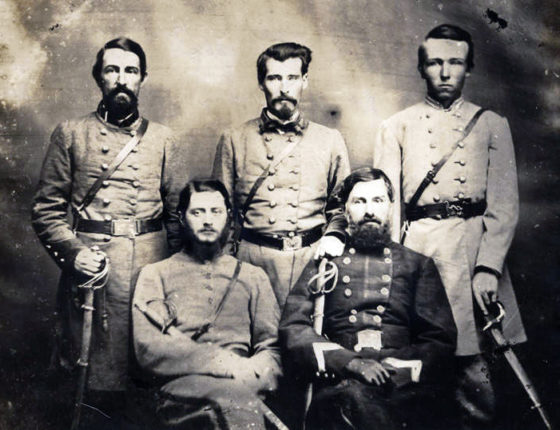
Two years before the rise to power of Soviet Premier Mikhail Gorbachev and six years prior the fall of the Berlin Wall, relations between Washington and Moscow were as brittle as ever. Following an era of détente during the 1970s, tensions between the two powers were once again on the rise, exacerbated largely by American outrage over Soviet invasion of Afghanistan and the Reagan Administration’s brazen anti-communist foreign policy. In fact, according to recently released documents, by the fall of 1983 relations were so strained between the U.S. and U.S.S.R. that a routine NATO exercise in West Germany (codenamed: Able Archer 83) very nearly led to an armed response from the Soviets. David Austin Walsh, editor of George Mason University’s outstanding History News Network online magazine penned the following article last week about the crisis. He has generously granted MilitaryHistoryNow.com permission to publish the piece. Enjoy!

By David Austin Walsh
Editor — History News Network
Just how close did the world come to full-blown nuclear war in the 1980s?
Frighteningly close.
That’s the conclusion of researchers at the National Security Archive at George Washington University, which last week released a collection of documents on the 1983 Able Archer war scare, the closest the Cold War came to turning hot since the Cuban Missile Crisis.
Many of the documents come from Soviet archives, and are summarized in English; others came from the U.S. government after Freedom of Information Act (FOIA) requests.*
Able Archer was the name of November 1983 NATO exercise that simulated a nuclear war with the Soviet Union. The Soviets feared that this was the prelude to an actual U.S. first strike, and prepared to preempt it.
“Things were really tense,” Nate Jones, the editor of the collection and FOIA coordinator for the Archive, said in a phone interview. “There were the boycotts of the Olympics [in 1980 and 1984], the Soviet war in Afghanistan was ongoing, the [Korean Air Lines] shootdown was huge… [and] Soviet leaders were surprised by how aggressive and confrontational [Ronald] Reagan’s foreign policy was. They liked working with Nixon, who, though he was a conservative, was straight-up and easy to do business with.”
President Reagan openly wondered to his advisors whether or not the “Soviet leaders really fear us, or is all the huffing and puffing just part of their propaganda?”
A 1996 CIA report on the 1983 war scare concluded that the Soviets genuinely feared a pre-emptive nuclear strike from the United States. General Secretary Yuri Andropov “repeatedly compared” Reagan to Hitler, the architect of a devastating surprise attack on the Soviet Union that it barely survived, and told his Politburo colleagues that he was “fanning the flames of war,” an image, the report’s author notes dryly, “more sinister than Andropov as a Red Darth Vader.”
The Soviets were also concerned about the broader course of the Cold War – a 1981 KGB report concluded that the “U.S.S.R. was in effect losing – and the U.S. was winning – the Cold War.”
Faced with unfavorable global trends and fierce anti-communism from the Reagan administration, the Soviets began to prepare for the unthinkable. Valentin Varennikov, a general in the Soviet Army, noted in his memoirs that in 1983, the Soviet military prepared itself to strike preemptively with nuclear weapons in the event that intelligence of a imminent attack by the United States.
The shooting down of Korean Air Lines Flight 007 over Sakhalin Island on Sept. 1, 1983 ratcheted tensions even further. “I think the Soviets genuinely believed it was a spy plane,” Jones said, and to make matters worse the plane carried a sitting (and anticommunist) U.S. congressman. On Sept. 26, the Soviet early-warning system detected an inbound American ICBM. War was averted by the quick thinking of Lieutenant Colonel Stanislav Petrov, the duty officer, who correctly identified the alert as a glitch.
Able Archer 83 came at the tail end of the annual NATO maneuvers, called “Autumn Forge,” which simulated a large-scale tank war against the armies of the Warsaw Pact. Since the Soviets and their allies outnumbered NATO forces, planners assumed that NATO would be forced to use tactical nuclear weapons to stop advancing Communist forces. Able Archer simulated the use of tactical nuclear weapons by NATO (after a Warsaw Pact chemical attack), followed by limited Soviet retaliation, followed by general nuclear war. Various heads of state in Western Europe participated in the exercise, though not President Reagan.

The documentation of the Soviet war preparations in response to Able Archer is unfortunately sparse, Jones said, though there are new revelations in the National Security Archive release. The Soviet military was apparently less concerned than the KGB about the prospect of war – one Soviet strategist recalled in an interview after the end of the Cold War “frightening situations … [during] the great period of tension” in 1983, but believed the KGB exaggerated the threat because they were “generally incompetent in military affairs.” Other Soviet military leaders recalled that the time was the most “tense since the [Cuban Missile Crisis] in 1962.”
The lesson from the documents, according to Jones, is simple: “The more nuclear weapons you have, the more dangerous the world is,” due to the potential for mistakes, miscommunications, and misjudgments.
* The release is the first in a series of three postings; the second will consist of U.S. military documents, the third documents from the U.S. intelligence community. (The National Security Agency, the website notes, refused to release its relevant documents after a 2008 FOIA request, but “did review, approve for release, stamp, and send a printout of a Wikipedia article.”)










The world is always a dangerous place. No one could predict that Europe would commit suicide as a result of radical Serbs, revenge seeking French, an infantile Kaiser, a corrupt Russian diplomatic service, and a bunch of British elitists who saw phantom menaces under every bed aided by a creaky and ineffective Austrian state that couldn’t get the Europeans to realize thaterbian radicals were a real threat in the Balkans.
The danger increases because our intelligent services do not deal in facts but feelings; our politicians do not weigh the measures they advocate nor their consequences; and our media which spreads misinformation and serves to heighten tensions rather than provide illumination of difficult problems.
Nuclear weapons do not increase the danger they merely increase the damage, though I doubt anyone At Cannae would agree, nor one of the victims of the Somme.
Great reading yourr blog
Thanks for the feedback!